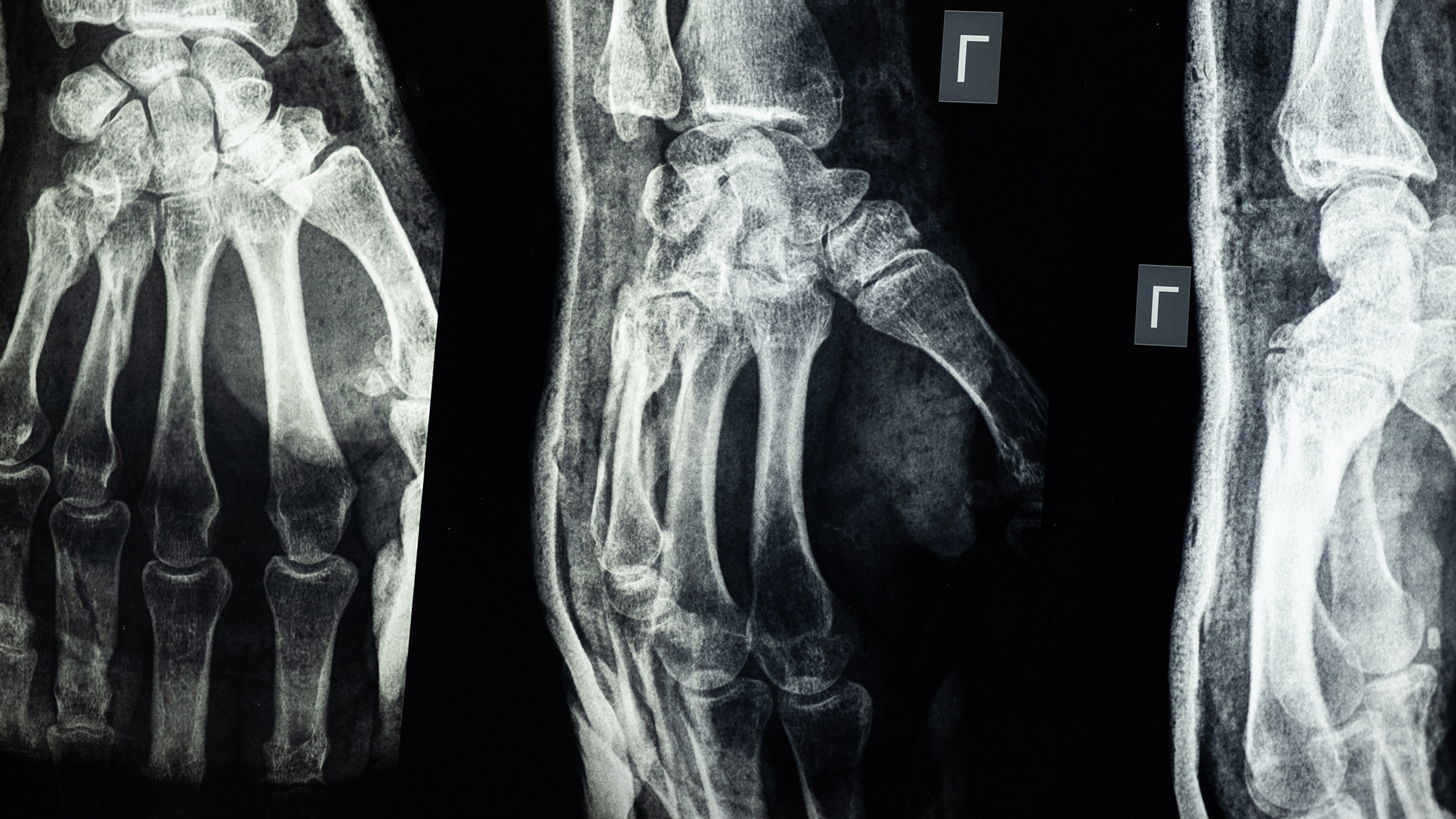Every October 20, we celebrate World Osteoporosis Day. Osteoporosis is a metabolic disease that involves a decrease in bone mass and deterioration of the architecture of these organs. This condition, which affects one in five men and one in three women over the age of fifty, leads to an increased risk of fractures.
Similarly, patients with chronic kidney disease (CKD), in addition to having kidney dysfunction, suffer a drop in bone mass.
For years, bisphosphonates have been used to reverse the effects of osteoporosis and reduce the risk of fractures. Until now, however, little was known about the effects of bisphosphonates on metabolism.
Now, an international research team with the participation of the Hospital del Mar Medical Research Institute (IMIM), has studied the data of 4,000 users of the drug and 15,000 non-users in Catalonia and the United Kingdom and have shown that the use of bisphosphonates in patients with CKD increases the risk of progression of this disease.
However, although bisphosphonates should be used with caution in CKD patients, Dr. Xavier Nogués, author of the study, states that “there is no excessive risk of acute kidney injury, gastrointestinal events or hypocalcemia with the use of bisphosphonates” in other patients.
Robinson DE, Ali MS, Pallares N, Tebé C, Elhussein L, Abrahamsen B, Arden NK, Ben-Shlomo Y, Caskey FJ, Cooper C, Dedman D, Delmestri A, Judge A, Pérez-Sáez MJ, Pascual J, Nogues X, Diez-Perez A, Strauss VY, Javaid MK, Prieto-Alhambra D. Safety of Oral Bisphosphonates in Moderate-to-Severe Chronic Kidney Disease: A Binational Cohort Analysis. J Bone Miner Res. 2021 May;36(5):820-832. doi: 10.1002/jbmr.4235. Epub 2021 Feb 8. PMID: 33373491.






